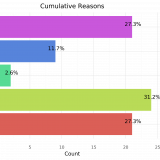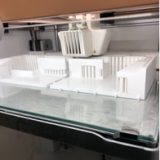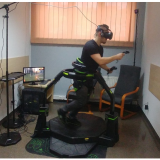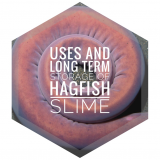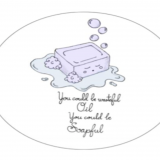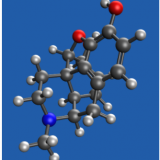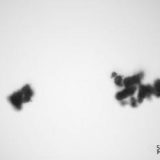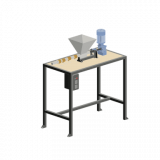Crafting a Better GCI: Why don’t teams stay together? Jessica Almos, Abby Bechtel, Lucy Chalekian, Jordyn Margolis, Cody Paresa, Apple Sheng
GCI is a course that challenges students tackle broad issues in teams within their first 2 years at Chapman University A survey was sent out to students enrolled in their last semester (GCI 250) to gather anonymous information regarding when and why people switch groups, as well as their overall satisfaction with the course The
